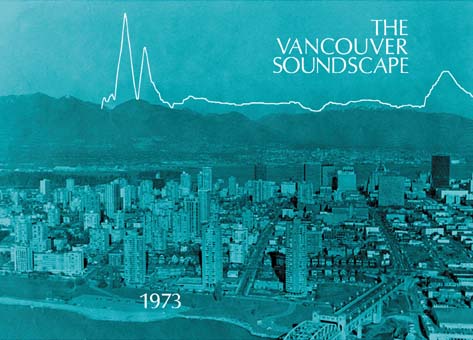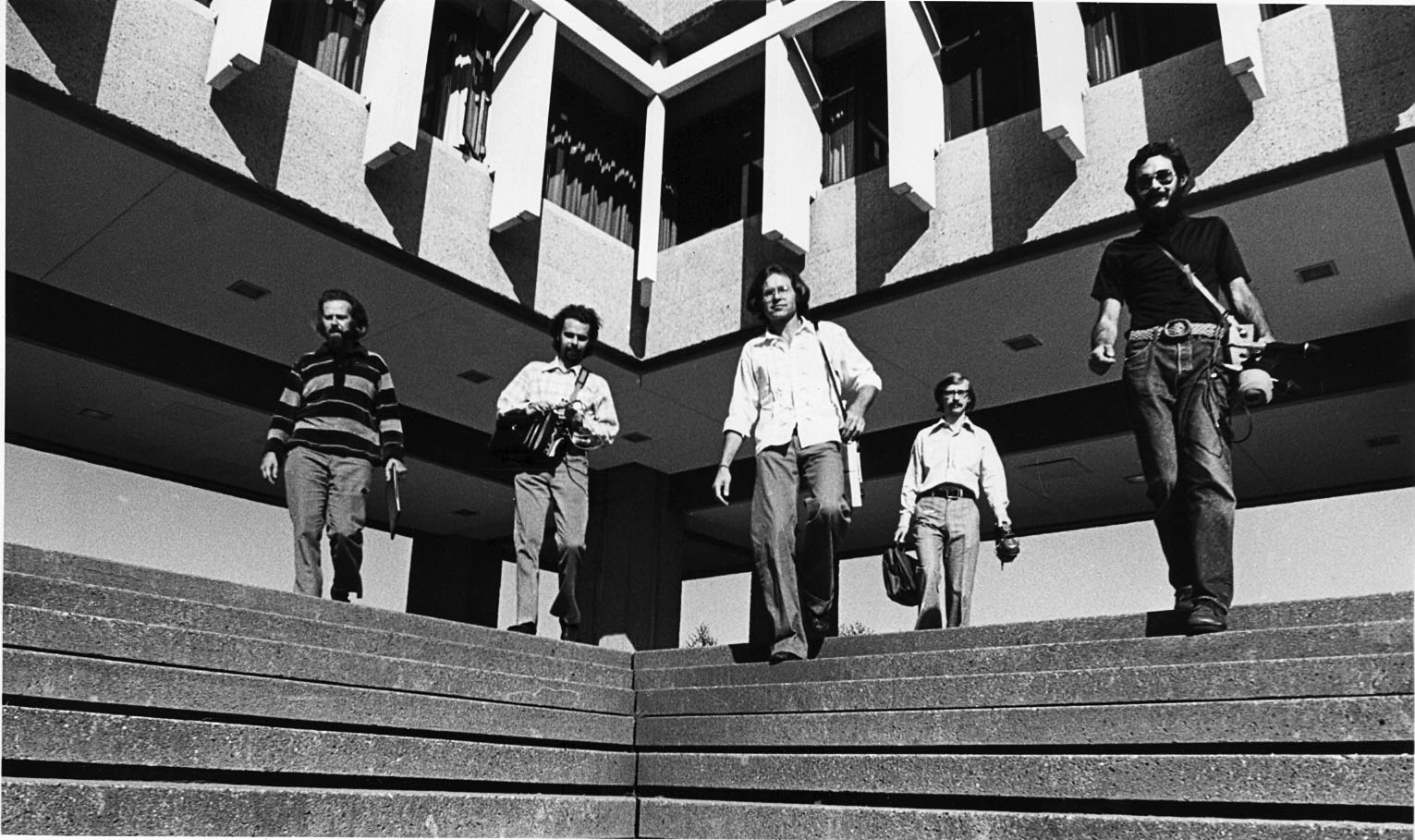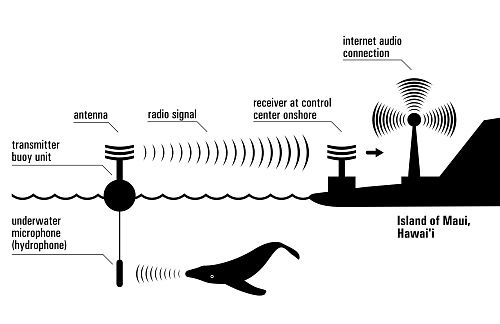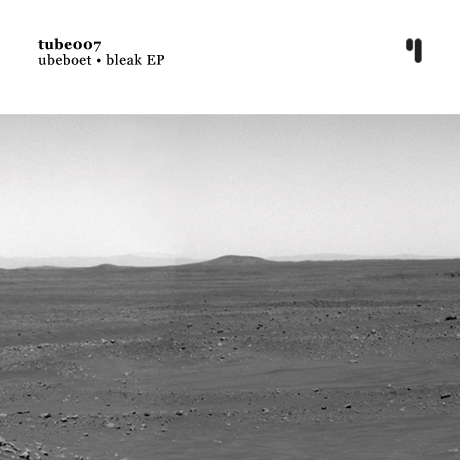 The World Soundscape Project (WSP) was established as an educational and research group by R. Murray Schafer at Simon Fraser University during the late 1960s and early 1970s. It grew out of Schafer’s initial attempt to draw attention to the sonic environment through a course in noise pollution, as well as from his personal distaste for the more raucous aspects of Vancouver’s rapidly changing soundscape. This work resulted in two small educational booklets, The New Soundscape and The Book of Noise, plus a compendium of Canadian noise bylaws. However, the negative approach that noise pollution inevitably fosters suggested that a more positive approach had to be found, the first attempt being an extended essay by Schafer (in 1973) called ‘The Music of the Environment’, in which he describes examples of acoustic design, good and bad, drawing largely on examples from literature.
The World Soundscape Project (WSP) was established as an educational and research group by R. Murray Schafer at Simon Fraser University during the late 1960s and early 1970s. It grew out of Schafer’s initial attempt to draw attention to the sonic environment through a course in noise pollution, as well as from his personal distaste for the more raucous aspects of Vancouver’s rapidly changing soundscape. This work resulted in two small educational booklets, The New Soundscape and The Book of Noise, plus a compendium of Canadian noise bylaws. However, the negative approach that noise pollution inevitably fosters suggested that a more positive approach had to be found, the first attempt being an extended essay by Schafer (in 1973) called ‘The Music of the Environment’, in which he describes examples of acoustic design, good and bad, drawing largely on examples from literature.
Schafer’s call for the establishment of the WSP was answered by a group of highly motivated young composers and students, and, supported by The Donner Canadian Foundation, the group embarked first on a detailed study of the immediate locale, published as The Vancouver Soundscape, and in 1973, on a cross-Canada recording tour by Bruce Davis and Peter Huse, the recordings from which formed the basis of the CBC Ideas radio series Soundscapes of Canada. In 1975, Schafer led a larger group on a European tour that included lectures and workshops in several major cities, and a research project that made detailed investigations of the soundscape of five villages, one in each of Sweden, Germany, Italy, France and Scotland. The tour completed the WSP’s analogue tape library which includes more than 300 tapes recorded in Canada and Europe with a stereo Nagra. The work also produced two publications, a narrative account of the trip called European Sound Diary and a detailed soundscape analysis called Five Village Soundscapes. Schafer’s definitive soundscape text, The Tuning of the World published in 1977 [trad. it. “Il Paesaggio Sonoro”, Ricordi/Unicopli], and Barry Truax’s reference work for acoustic and soundscape terminology, the Handbook for Acoustic Ecology published in 1978, completed the publication phase of the original project.
Excerpts from The Vancouver Soundscape 1973:
The WSP group at SFU, 1973; left to right: R. M. Schafer, Bruce Davis, Peter Huse, Barry Truax, Howard Broomfield



 The
The 
 Searching the old releases from
Searching the old releases from 


